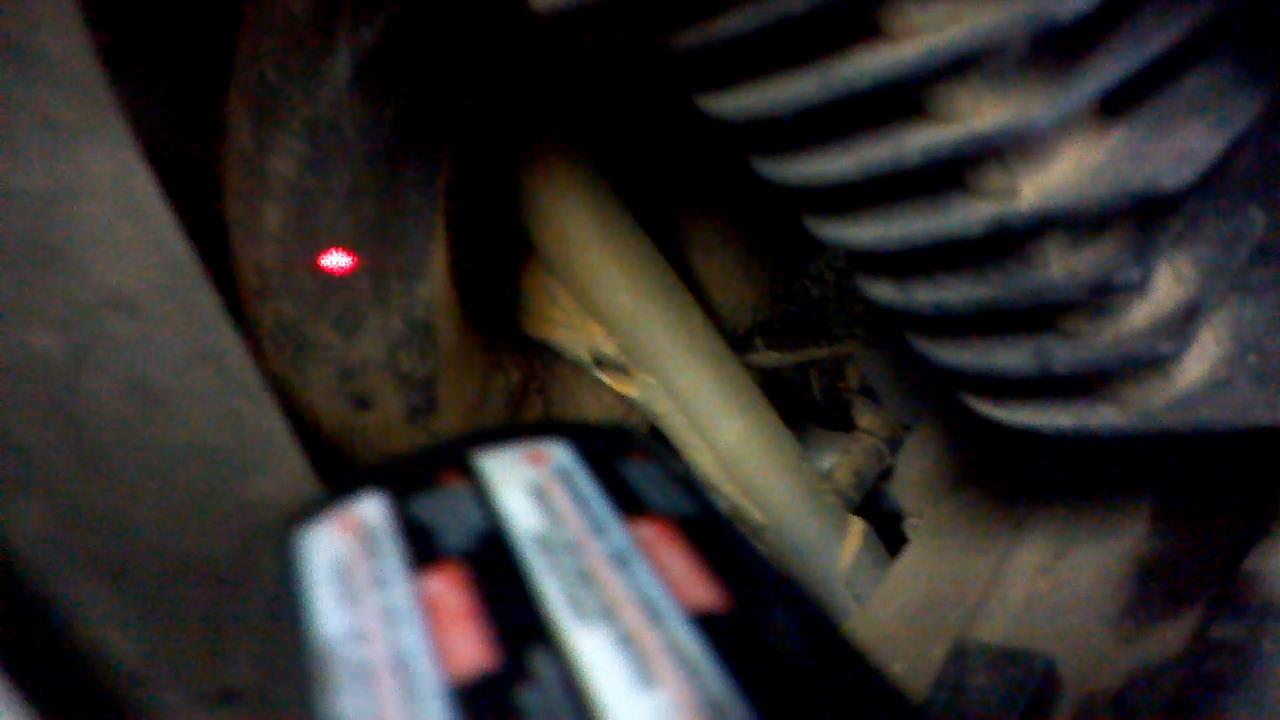What kind of warm compression numbers are you guys seeing on fresh OEM top ends? I did a hone/re-ring on a really nice used 2003 top end. STD sized Yamaha piston with new Yamaha rings. I'm showing 155psi warm with about 5-10 mins of break-in time total. The head was not decked per-say.. but was slightly resurfaced. Around .006-.010 taken off the head due to the previous owner's screw driver usage.:argh:
Should I just take it as a free high-comp upgrade and run 93 fuel? or throw a second base gasket in there? Also, i'm not sure if its the break-in or the use of 87 fuel, but the header gets pretty warm. It's a budget rebuild for a friend so I want it to be a good runner. :atv:
Thanks
Should I just take it as a free high-comp upgrade and run 93 fuel? or throw a second base gasket in there? Also, i'm not sure if its the break-in or the use of 87 fuel, but the header gets pretty warm. It's a budget rebuild for a friend so I want it to be a good runner. :atv:
Thanks




